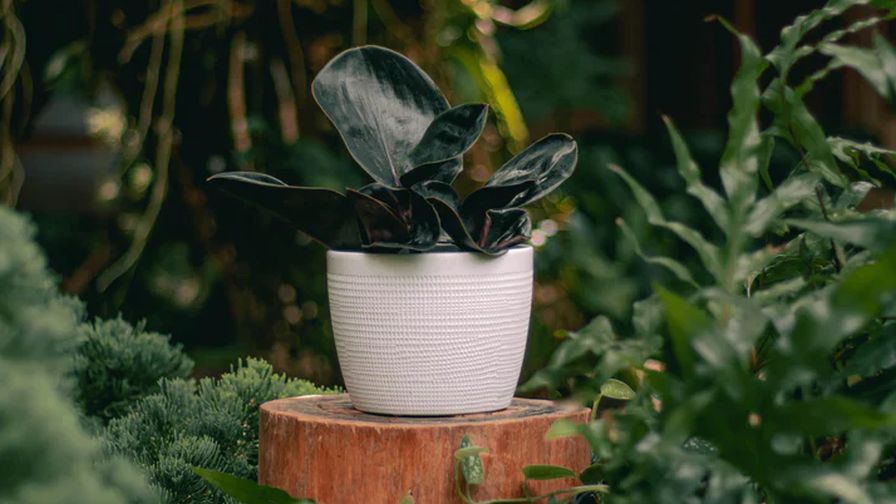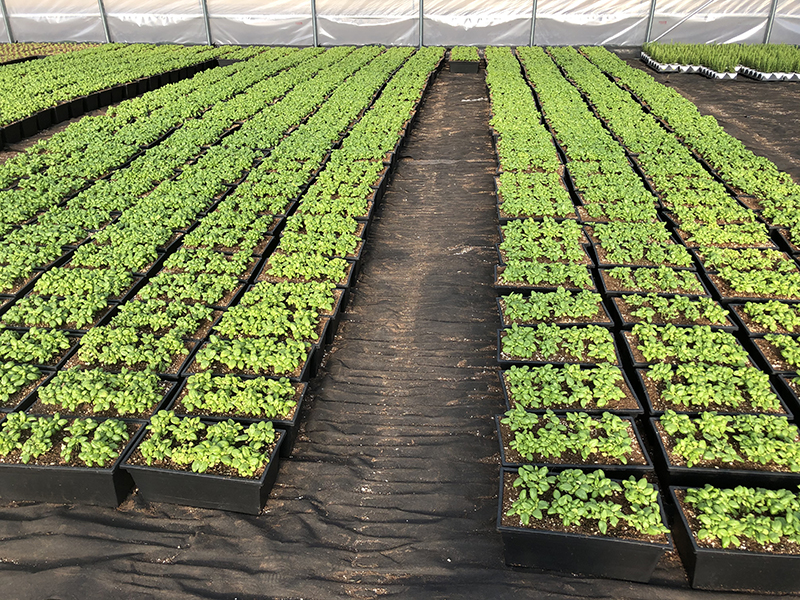Why Transparency Is Important in Cannabis Cultivar Analysis and Patenting
 Note: This article was written by Maria de Catarina and Sofia Elhorriburu with MyFloraDNA.
Note: This article was written by Maria de Catarina and Sofia Elhorriburu with MyFloraDNA.
In the cannabis industry, responsible cultivation is crucial to obtaining a high-quality final product. However, in this rapidly evolving industry, the main problem is cultivar genetic uniqueness. This was named by Omar Sacirbey as the cannabis ‘strain name game’.
Many breeders are creating new strains to fulfill the increasing demand. But, can they patent the creation of this new variant of the plant?
According to the United States Patent and Trademark Office (USPTO), there are multiple limitations to plant patenting. For example, the most common strains cannot be patented because they probably have already been described in a U.S. patent or published patent application.
Also, to own a plant, the strain has to be significantly different from other related plants. At least one specific characteristic has to be unique to this specimen and not caused by changes during growing conditions, fertility levels, etc.
Even more, the created plant has to be asexually reproduced, not have been in public use or for sale before, and been invented or discovered in a cultivated state, to get it patented.
Considering that these are just a few of the restrictions regulated by the United States Code (U.S. Code or U.S.C.), patenting different cannabis strains can result in a big legal mess.
Even though (most of the time) cultivators will not be able to patent their plants due to strict qualifications, there are other ways of giving them the proper recognition for their work and securing their plants.
One of the most common tracking systems in the cannabis industry is the METRC, a regulatory system used to trace cannabis from its growth and harvest to its processing for testing, transport, and sale.
METRC allows state regulators to scan a specific plant or cultivar and determine its origin and traceability within the supply chain through RFID tags. These physical RFID tags each have a unique 24-character alphanumeric identifier known as the UID (unique identifier) or package tag number.
Even more, nowadays there has been an incredible advance in technologies applied to tracking control in plants to adjust to the difficulty of officially patenting new stings.
One of them is the Molecular ID created by Angel Fernandez, founder and CEO of MyFloraDNA. This service allows cannabis growers to create a unique molecular image of their genetics. This cutting-edge technology makes a specific visual picture with the molecular DNA codification of the plant and was designed to serve as the plant’s industry reference and proof of uniqueness. The use of their genetic code as ID allows creators to track and protect their plants properly and validate their products.
In addition to METRC and Molecular ID, cannabis growers can also guarantee the validation of their crops through other services.
For example, let’s say you buy new clones from your trusted nursery, and now you’ll be able to get each clone tested to check and validate their genetics with their mother plant, avoiding fraudulent use or distribution, and do an inventory check to verify that you are growing exactly what you expect, or compare genetically different cultivars to determine the similarity percentage among all your genetics in case you are developing new cultivars.
The main goal of developing these services is to ensure transparency in the cannabis industry and increase community awareness about the importance of knowing what we are cultivating and consuming.
However, there are more things that companies should consider when they decide to test their crops.
There is a common fear about the misuse of samples or contact data when sending cannabis samples for testing to a lab facility. Then, how should a laboratory handle personal information or cultivars’ molecular information?
Always remember these points to ensure your company and plant privacy and protection.
- First, your laboratory should never keep any copy of your information, if you didn’t allow it or asked for that service.
- The test results should be only yours. Indeed, your information cannot be used for actual projects in the lab or future studies without your authorization.
- Additionally, when sending multiple samples, any remaining tissue cannot be frozen or used for other kinds of tests that you do not specify.
- Finally, your lab should not share or use your personal information for other research if you did not authorize the use previously.
Indeed, you should know that the transparent use of your data is protected by the California Online Privacy Protection Act. The CalOPPA’s main objective is to protect personally identifiable information about consumers that is collected from operators of commercial websites or online services.
This statement applies to operators of commercial websites or operators of online services that collect personally identifiable information through the Internet about California consumers. Also, the CalOPPA defines personally identifiable information as first and last name, physical and/or email address, telephone number, social security number, or any other identifier that permits physical or online contact.
All these services and these laws aim to protect your own identity and the identity of your crops. In this community, all cannabis growers should ensure the use of all possible tools so everyone gets the recognition they deserve without misunderstandings.
Thus, the best form to secure your information and validate your genetics is simple: know your plant.








